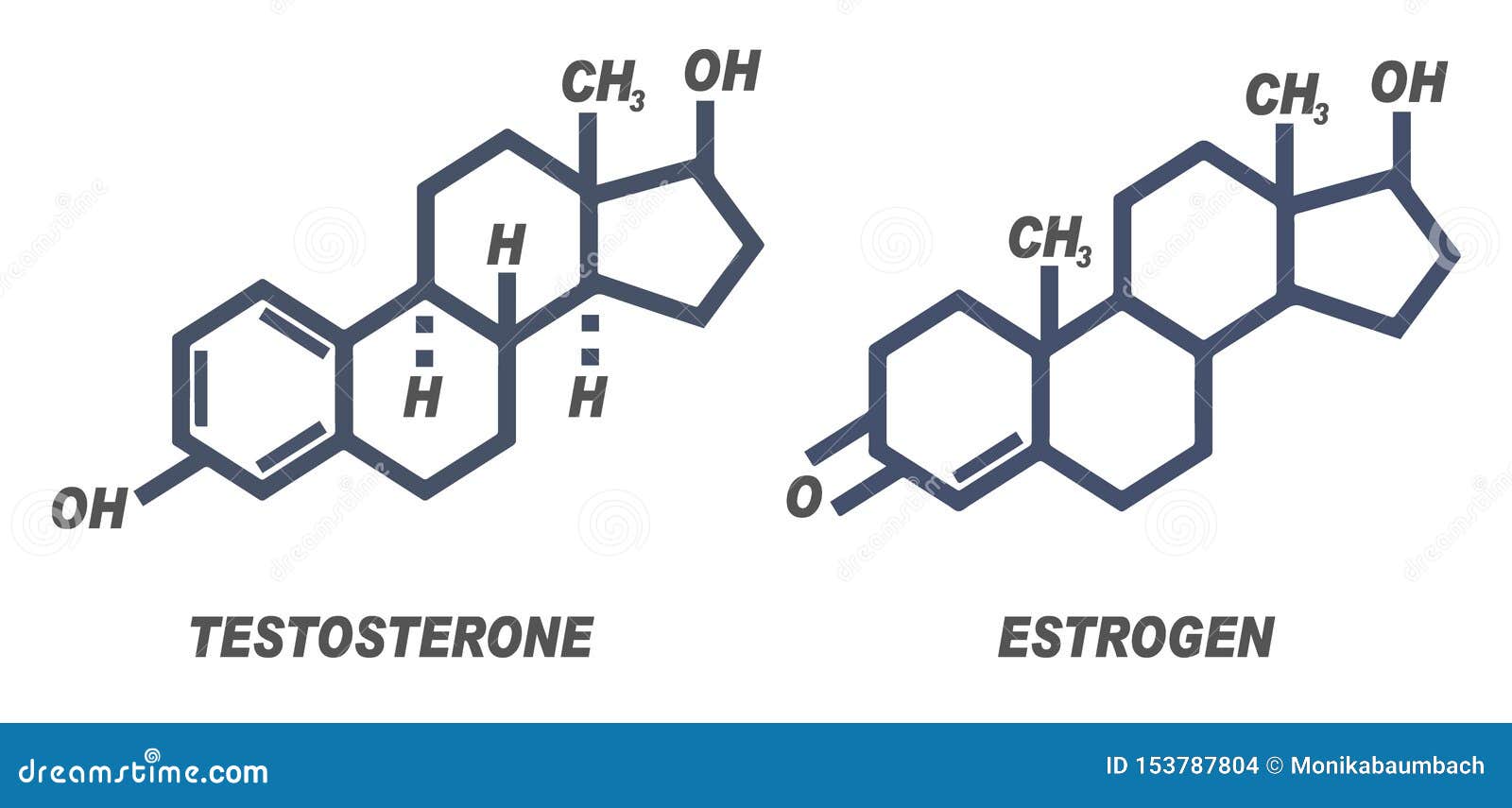

Women should discuss with their healthcare providers the value of taking combined progesterone and estrogen replacement therapy or estrogen to prevent osteoporosis. A woman should discuss other alternatives of protecting the heart with her healthcare provider.

Women need to be aware that taking a combined progesterone and estrogen regimen or estrogen alone is no longer recommended to prevent heart disease. The most important thing a woman can do in deciding to continue hormone replacement therapy is discuss the current research with her healthcare provider and health care team. The National Heart, Lung, and Blood Institute offers the following suggestions for women who are deciding whether or not to use postmenopausal hormone therapy: Postmenopausal women who use or are considering using hormone therapy should discuss the possible benefits and risks to them with their healthcare provider. The FDA recommends hormone therapy be used at the lowest doses for the shortest duration needed to achieve treatment goals. Although hormone therapy may help prevent osteoporosis, it should only be considered for women at high risk of osteoporosis who cannot take non-estrogen medicines. These products are approved therapies for relief from moderate to severe hot flashes and symptoms of vaginal dryness.

The FDA states that hormone therapy should not be taken to prevent heart disease. Both studies were concluded early when the research showed that hormone replacement did not help prevent heart disease and it increased risk for some medical problems.
#Female hormones trial
The hormone trial had two studies: the estrogen-plus-progestin (HRT) study of women with a uterus and the estrogen-alone (ERT) study of women without a uterus. It was called the Women's Health Initiative (WHI). To learn more about women's health, and specifically hormone replacement therapy, the National Heart, Lung, and Blood Institute of the National Institutes of Health (NIH) started a large study in 1991. Many organ systems, including the musculoskeletal and cardiovascular systems, and the brain are affected by estrogen. Secondary sexual characteristics, such as pubic and armpit hair, also start to grow when estrogen levels rise. In addition to regulating the menstrual cycle, estrogen affects the reproductive tract, the urinary tract, the heart and blood vessels, bones, breasts, skin, hair, mucous membranes, pelvic muscles, and the brain. The woman's ovaries make most estrogen hormones, although the adrenal glands and fat cells also make small amounts of the hormones. Based on this study, we can conclude that age is a significant regulator of vascular functions, but hormones also play a role in regulating arterial elasticity at different stages of a woman’s life, says Associate Professor Eija Laakkonen from the. Estrogens are a group of hormones that play an important role in the normal sexual and reproductive development in women. Among menopausal women, postmenopausal women on hormone therapy had the stiffest arteries.


 0 kommentar(er)
0 kommentar(er)
